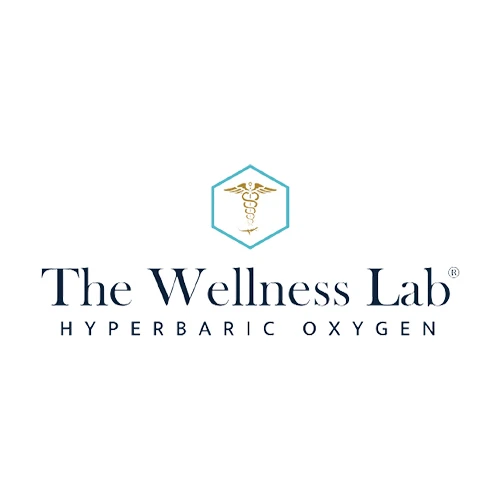Recovering from surgery can be a challenging process, especially when complications such as infections, delayed wound healing, or tissue damage occur. In recent years, hyperbaric oxygen therapy after surgery has been recognized as a supportive treatment that may accelerate healing, reduce complications, and improve overall patient outcomes.
What is Hyperbaric Oxygen Therapy?
Hyperbaric oxygen therapy (HBOT) involves placing a patient in a pressurized chamber where they breathe pure oxygen. Under these conditions, the body absorbs more oxygen than it normally can at standard air pressure. This oxygen-rich environment enhances circulation, promotes new blood vessel growth, and stimulates the body’s natural healing mechanisms.
Originally developed for conditions like decompression sickness and chronic wounds, HBOT is now widely studied for its role in postoperative care.
Benefits of Hyperbaric Oxygen Therapy after Surgery
Using hyperbaric oxygen therapy after surgery offers several potential benefits for patients:
- Accelerated Wound Healing
- Surgical wounds can sometimes take longer to heal, particularly in patients with diabetes, vascular conditions, or compromised immune systems. HBOT helps increase oxygen delivery to the wound site, stimulating tissue repair and reducing healing time.
- Reduced Risk of Infection
- Oxygen plays a critical role in the body’s ability to fight infections. By saturating tissues with oxygen, HBOT enhances the effectiveness of white blood cells in destroying bacteria, lowering the risk of postoperative infections.
- Improved Recovery from Radiation Damage
- For cancer patients who undergo surgery after radiation therapy, HBOT can help repair radiation-injured tissues. This makes the treatment especially valuable in reconstructive surgeries following cancer removal.
- Decreased Swelling and Inflammation
- After surgery, swelling and inflammation are common and can interfere with healing. Hyperbaric oxygen therapy may help reduce these effects by improving circulation and oxygen supply to the affected tissues.
- Support for Complex Surgeries
- Patients undergoing skin grafts, reconstructive procedures, or orthopedic surgeries may benefit from HBOT’s ability to improve graft survival rates and bone healing.
Conditions Where HBOT May Be Recommended Post-Surgery
Doctors may recommend hyperbaric oxygen therapy after surgery in cases such as:
- Non-healing surgical wounds
- Skin grafts and flaps at risk of failure
- Bone infections (osteomyelitis) after orthopedic procedures
- Compromised blood supply to surgical sites
- Post-radiation surgical recovery
Safety and Considerations
While HBOT is generally safe, it is not suitable for everyone. Patients with certain lung conditions, untreated pneumothorax, or specific medical complications may not be eligible. Side effects are usually mild and may include ear discomfort or sinus pressure due to the pressurized environment.
It’s important for patients to discuss HBOT with their surgeon or healthcare provider to determine if it is appropriate for their recovery plan.
Conclusion
Hyperbaric oxygen therapy after surgery is an innovative approach to enhancing postoperative recovery. By boosting oxygen delivery, fighting infection, and accelerating healing, HBOT can be a valuable adjunct to conventional surgical care. While not necessary for every patient, it offers significant benefits for those with complex surgical needs, chronic conditions, or delayed wound healing.
As research continues to expand, HBOT is increasingly being recognized as a promising tool for faster, safer surgical recovery.


